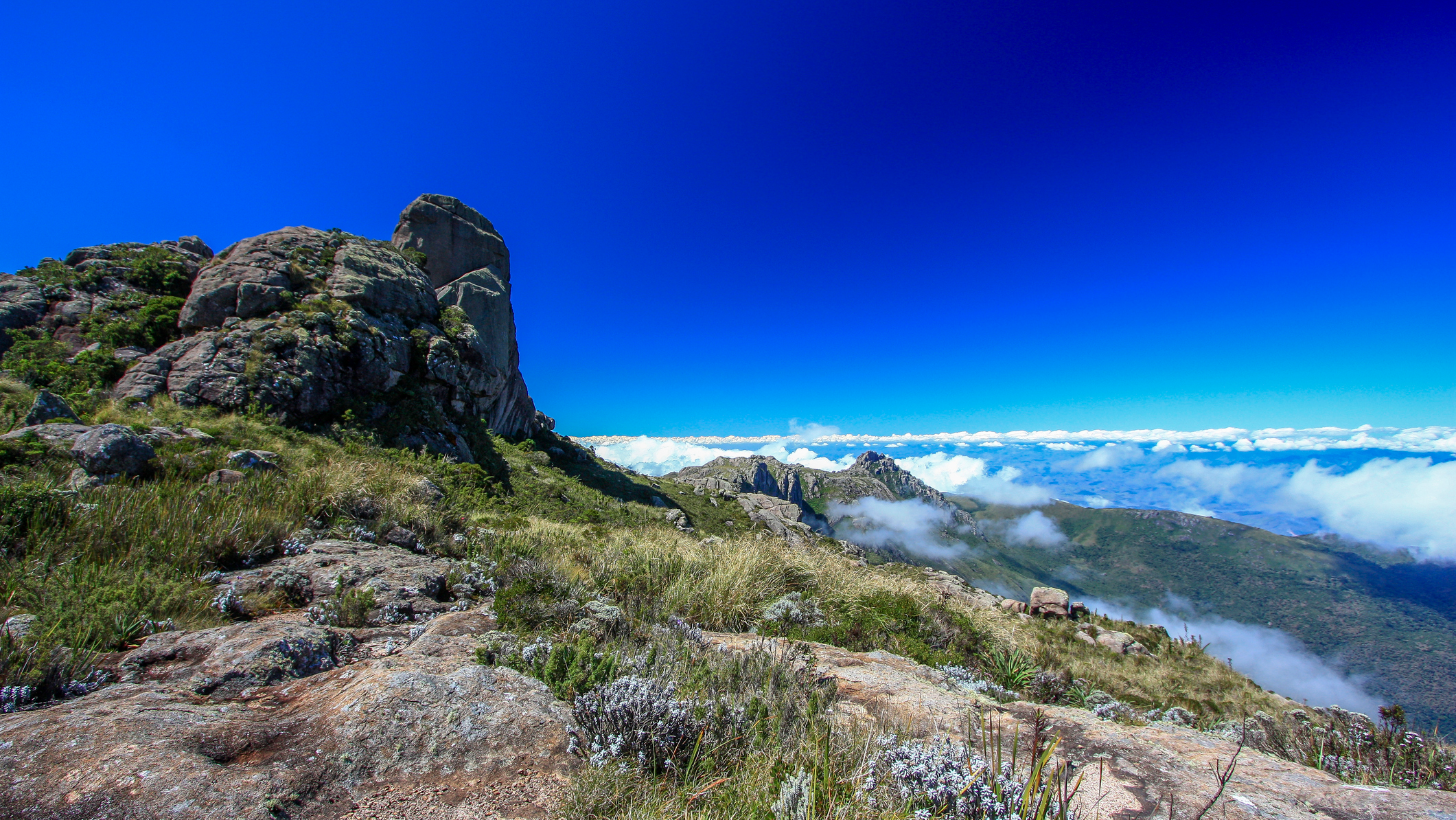5 reasons you need rain pants: stay dry, whatever the weather
We reveal the top reasons you need rain pants for your backcountry hiking adventures throughout the seasons
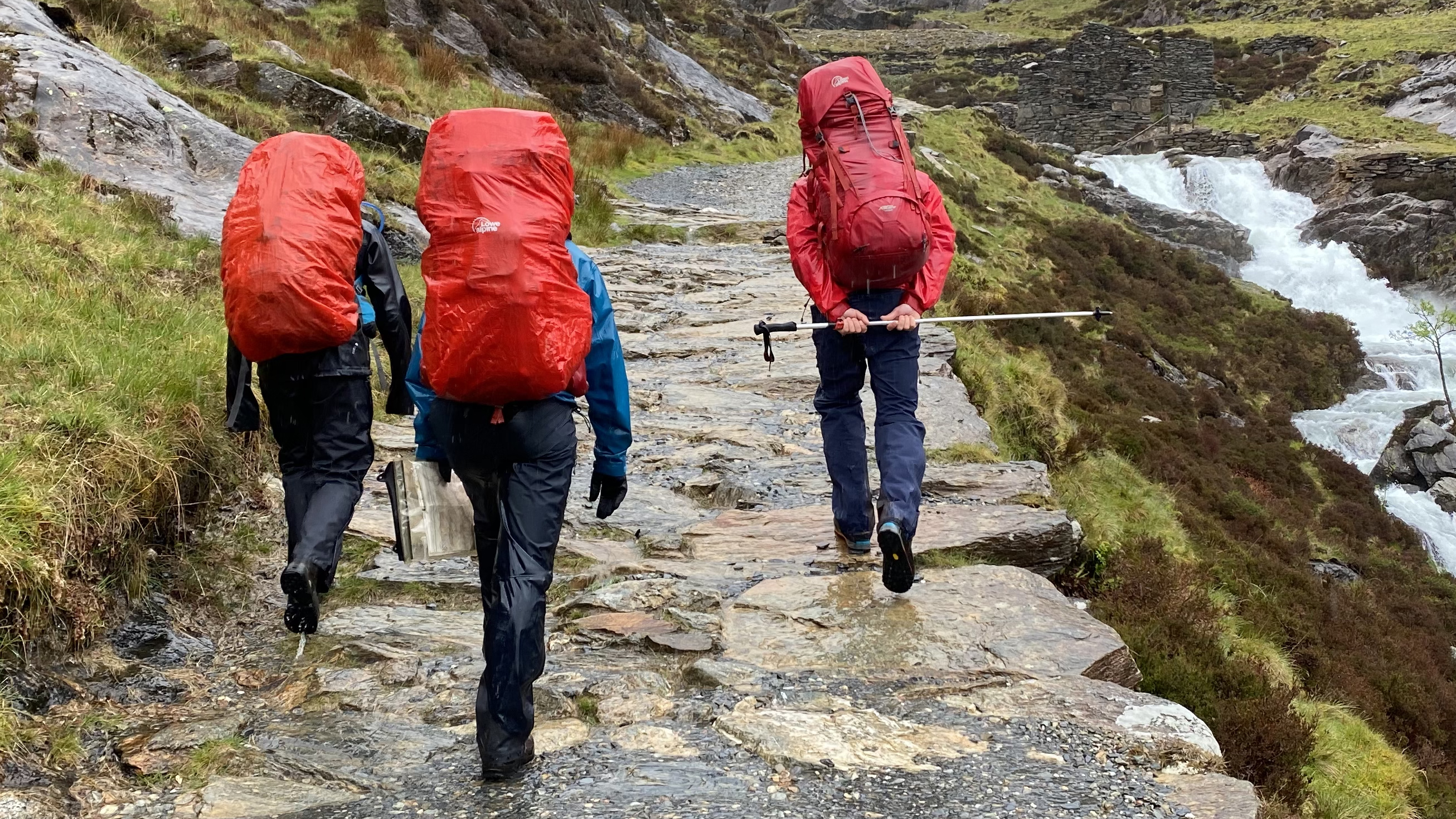
It's amazing how often I hear about how crucial a waterproof jacket is for hiking adventures, while rain pants barely get a mention. If it’s so important to make sure you keep your upper half dry, surely the same goes for your lower half too? In fact, yes, it does! This is why I’m here to reveal my 5 reasons that you need rain pants for your outdoor exploits.
The majority of my hiking takes places in Britain’s mountains which, while they're undoubtedly beautiful, have been known to experience rainfall from time to time. I’ve learnt the hard way how much of a game changer rain pants can be, having suffered plenty of miserable hikes without them.
One time, in the Scottish Highlands, the conditions worsened so gradually that I ended up getting thoroughly soaked even though I had a pair of rain pants stashed in my backpack. At first, I thought “this will pass,” and didn’t bother getting them out. Once I realised that putting them on would’ve been a good idea, it’d got to the point that they wouldn’t have made a difference, as my standard hiking pants were already sodden. “What’s the point, now?” I thought. Fortunately, I've learned from such mistakes. These days, I always get a pair of rain pants out at the first sign of trouble.
Meet the expert

As a keen hiker and mountaineer, with a particular love of winter in the mountains, Alex always has a pair of rain pants in his backpack. He's learned the hard way that it's better to be safe than sorry when it comes to using rain pants on an adventure.
Today's best deals
What are rain pants?
Unsurprisingly, rain pants are waterproof pants that are designed to be worn in the rain. There are broadly two types. Firstly, there are over-trousers that can be worn on top of a standard pair of hiking pants. They’re made from similar materials to waterproof jackets, containing moderately breathable and water-repelling membranes, such as Gore-Tex. These kinds of rain pants are usually lightweight and feature zippered sides that enable you to put them on quickly, without having to take your hiking shoes off. However, they often don’t have pockets or a fly zip for when nature calls.
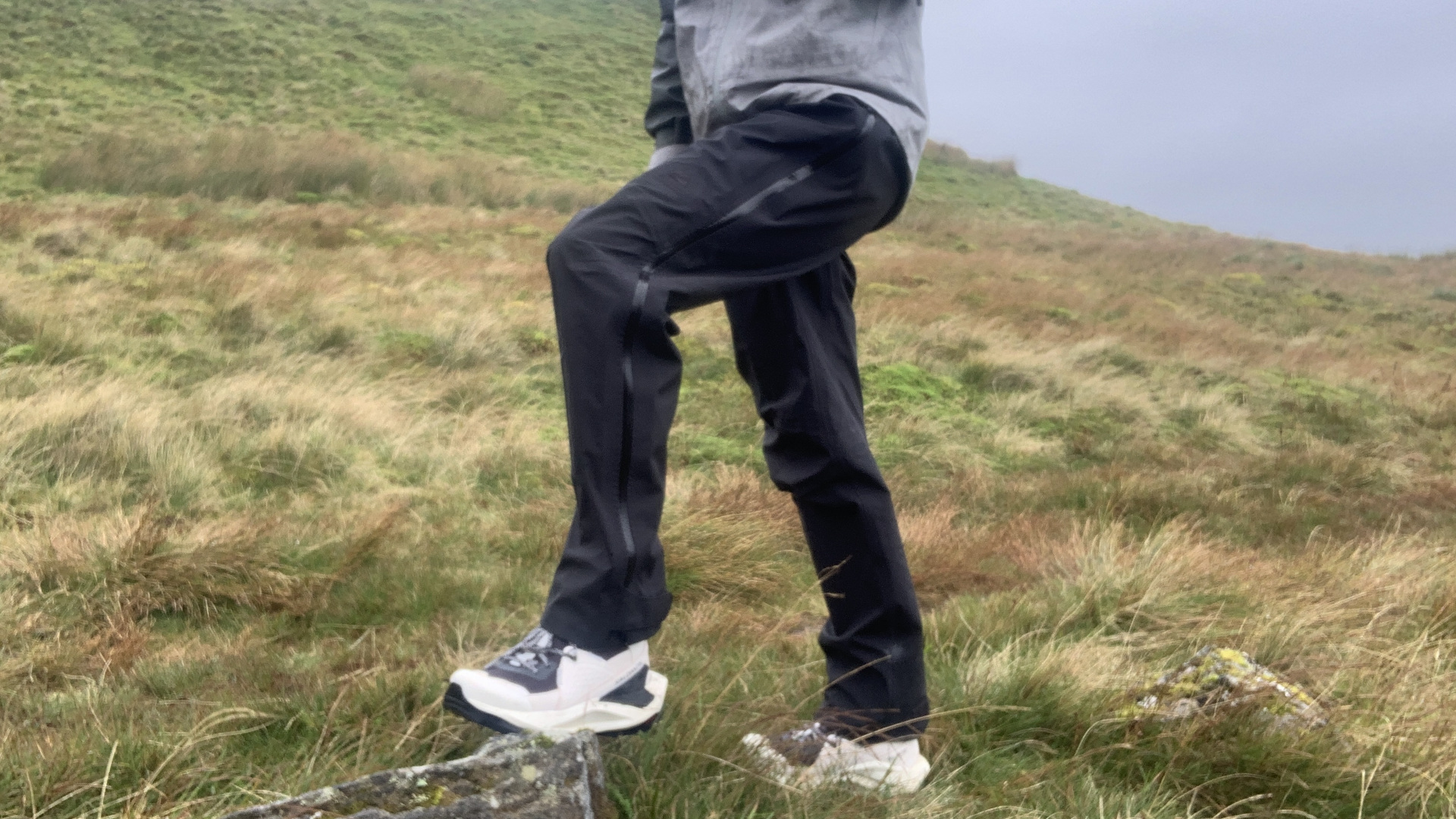
Then, there are rain pants designed to be worn on their own from the start of a hike to the, hopefully dry, end. They’ll have all the usual features of a good pair of hiking pants but are often quite a bit pricier. They also sacrifice a certain amount of stretch and breathability for their water resisting qualities.
So, do you really need rain pants for hiking? That depends on where you hike. We wouldn’t pack them for a desert expedition. However, if you hike anywhere that experiences rainfall, think the Scottish Highlands or the Pacific Northwest, here are 5 good reasons to get hold of a quality pair.
1: Comfort on rainy days
Nothing dampens (see, the word even refers to what’s going on!) a hiker’s mood like soggy pants that become heavy and cold. As wonderful as many of the best hiking pants are, the vast majority are merely water-resistant, rather than waterproof. They prize breathability and freedom of movement over being a protective screen against the rain. You can’t blame them really, when you consider the amount of work and movement your legs go through on a day spent in the mountains.
Advnture Newsletter
All the latest inspiration, tips and guides to help you plan your next Advnture!

However, when it rains, not having a pair of rain pants can lead to abject misery. The best rain paints perform exactly the same task as your waterproof jacket and will keep your lower half dry even in a deluge. Simply put, although they’re not the most breathable, nor the most flexible, you’ll be much more comfortable in a pair of rain pants when its pouring.
2: Protection for insulated trousers in winter
Those of us who enjoy adventuring into frozen white wonderlands with spikes on our feet and an ice axe or two in our hands know the value of waterproof over-trousers in winter. Best practice is to wear a pair of insulated pants for maximum warmth. However, insulated pants are usually less protective and less durable than standard hiking pants, while their insulating materials often also lose their thermal qualities when wet.
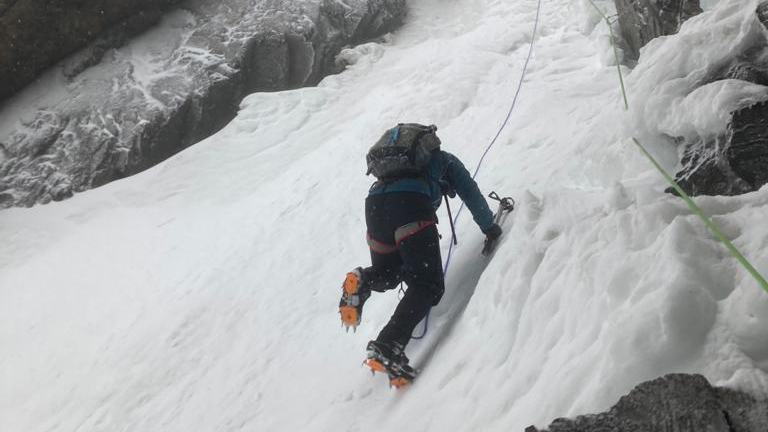
This is why a pair of insulated trousers underneath a pair of rain pants is the go-to approach for many winter walkers and mountaineers. The more durable over-trousers provide a layer of protection from both the elements and abrasion (rocks, crampon spikes, vegetation – you name it!), while the insulated trousers work their warming magic.
3: They're an effective shield against the wind and cold
If you’re already wearing hiking pants, you don’t really need to worry about your legs suffering from windchill, as they won’t be particularly exposed. However, from a comfort and warmth point of view, rain pants provide an additional shield against the cold wind in the same way that a protective waterproof jacket enhances your upper layering system. I’ve certainly experienced many winter and shoulder season hikes where I’ve not opted for the addition of rain pants and my legs have been much colder than my upper body because of it.
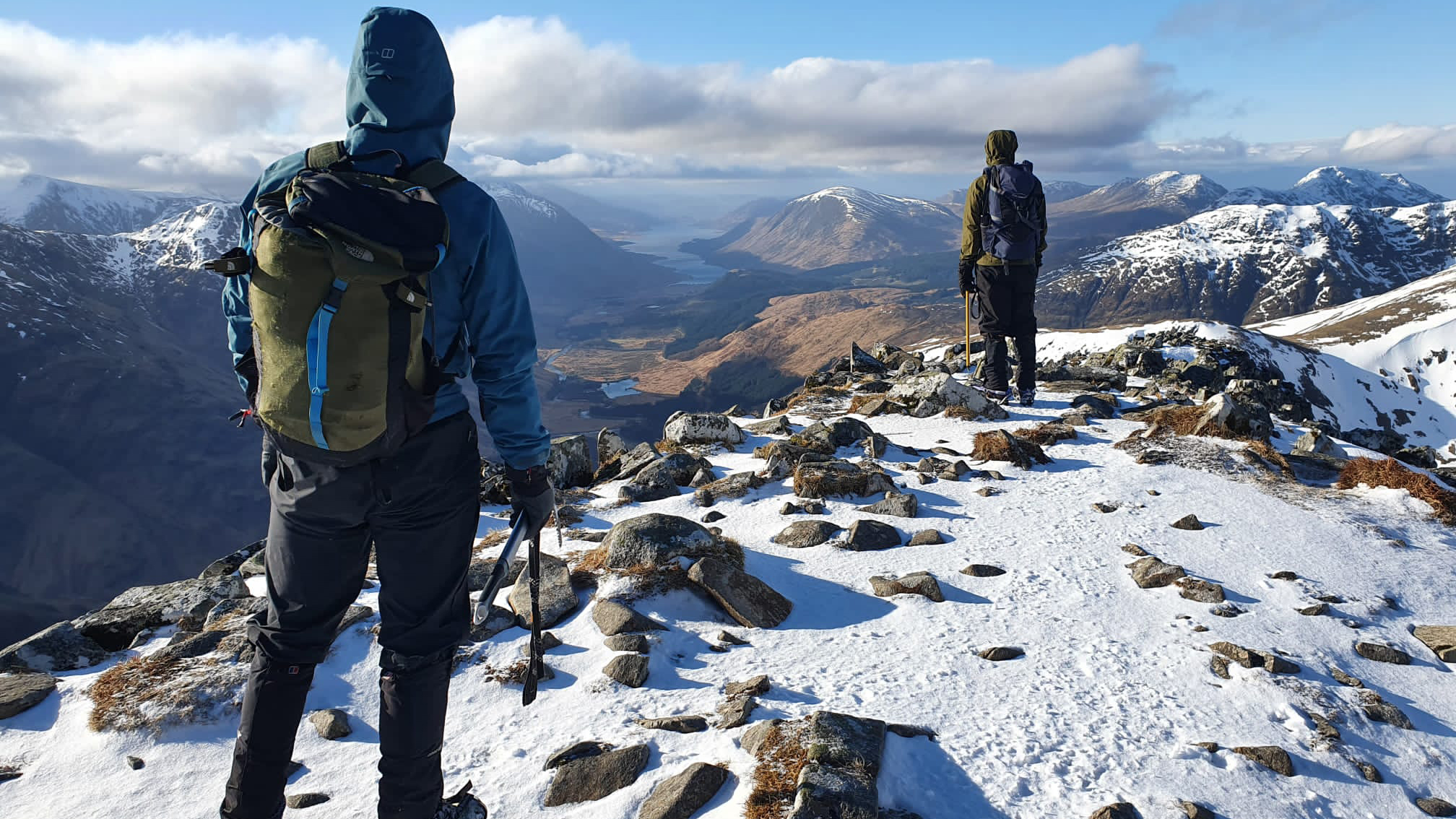
4: They’re lightweight and packable
Let’s be honest, we’d rather not have to wear rain pants at all. They’re less breathable than standard hiking pants and they often don’t have pockets. Plus, if we’re having to wear rain pants, it’s probably because something else has happened that for most hikers is a negative – it’s raining!
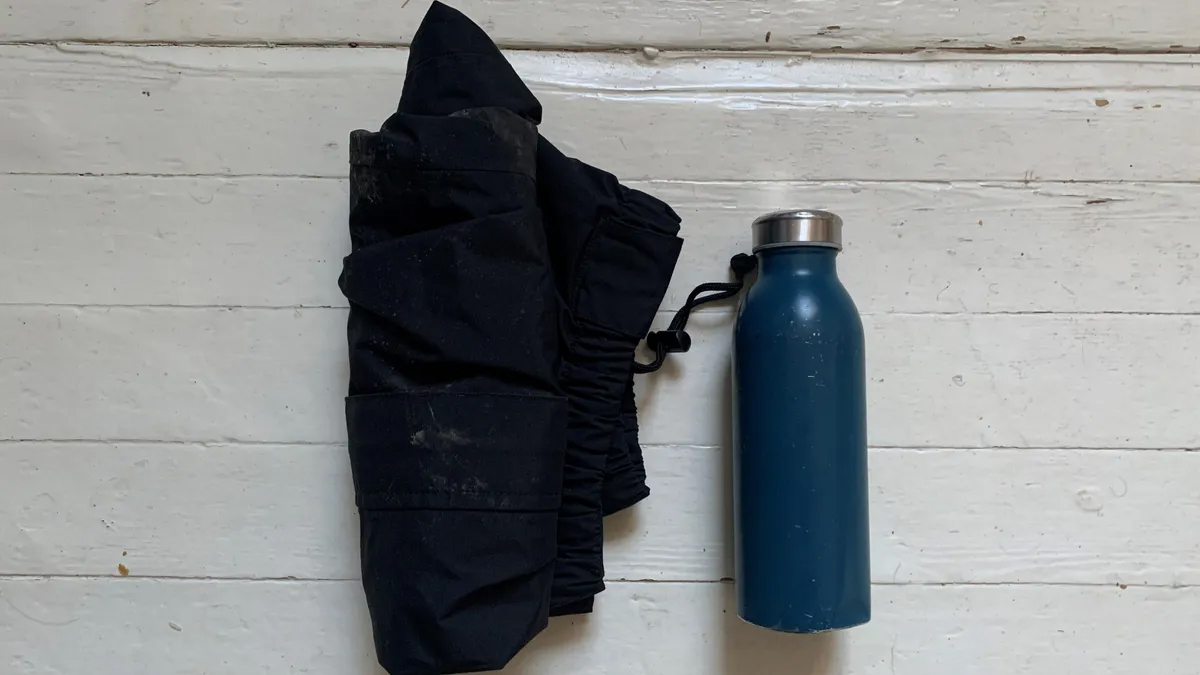
However, a decent pair of rain pants is highly packable and barely adds much weight to a daypack. They often fold down into a fist-sized stuff sack for easy transportation, so on most dry weather hikes, you’ll forget you’re even carrying them. However, carry them you must! Given the changeable nature of the weather in our upland regions, a downpour can occur even on days where you thought the forecast was firmly on your side.
5: They’re great for getting in and on the water
You might want to actually seek out water during your hiking and camping adventures. Here, I’m talking about pursuits like packrafting, kayaking and paddleboarding. Wearing rain pants will keep you dry while you're happily sat inside your vessel. But, what about when you have to get into the water to launch said vessel? Well, in conjunction with waterproof hiking boots and a quality pair of gaiters, rain pants should also keep you dry when you step into the shallows.

On a similar theme, hiking days can often involve some 'interesting' river crossings. It’s fairly common to have to step into shallow, fast-flowing river water, using trekking poles for additional stability. There’s nothing wrong with this approach at all, especially if you’ve got the golden waterproof trio of gaiters, rain pants and quality hiking footwear.
- The best waterproof jackets: tested by experts in seriously wet weather
Alex is a freelance adventure writer and mountain leader with an insatiable passion for the mountains. A Cumbrian born and bred, his native English Lake District has a special place in his heart, though he is at least equally happy in North Wales, the Scottish Highlands or the European Alps. Through his hiking, mountaineering, climbing and trail running adventures, Alex aims to inspire others to get outdoors. He's the former President of the London Mountaineering Club, is training to become a winter mountain leader, looking to finally finish bagging all the Wainwright fells of the Lake District and is always keen to head to the 4,000-meter peaks of the Alps. www.alexfoxfield.com

